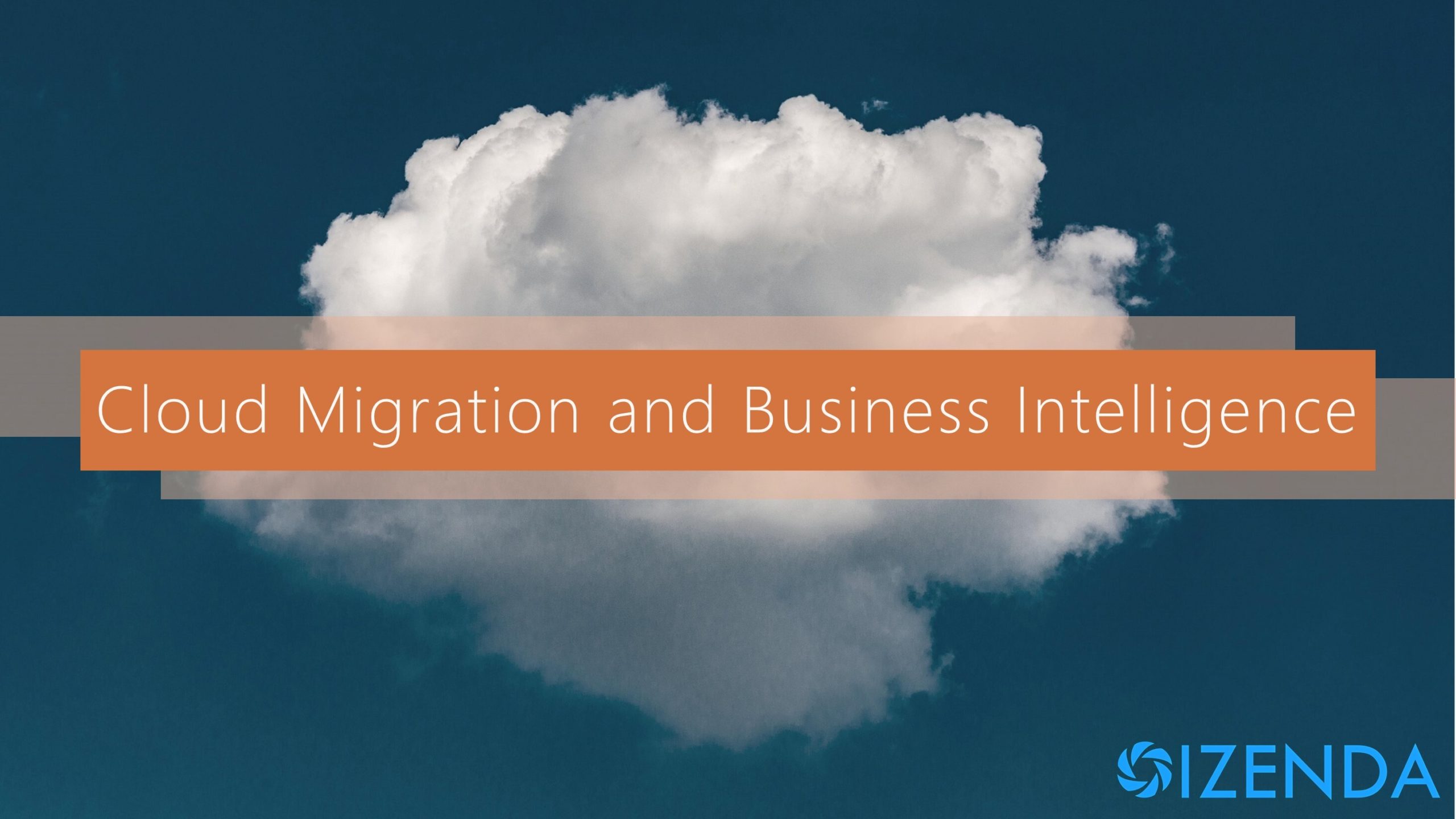
It’s no longer a trend. Cloud computing is the future. As cloud services become cheaper, more manageable, and more secure, businesses across all verticals will have no choice but to make the migration if they want to remain competitively viable.
But many organizations keep putting it off. And you can’t blame them. Cloud migration is difficult, complex, and causes a general disruption in your business. And disruptions are potentially expensive.
In a nutshell, cloud adoption is risky and easy to put off if you don’t see an immediate need. But as Bill Kleyman put it, if you want to disrupt a digital-driven market, you yourself must be disrupted.
What exactly is cloud migration?
Cloud migration is the process of moving resources such as data and applications into a cloud computing environment. The transition typically occurs between an on-premise data center to a cloud provider. Some of the top cloud providers of 2020 include AWS, Microsoft Azure, and Google Cloud.
In general, there are three main types of cloud environments:
1. Public cloud – Cloud services delivered over the Internet and available for purchase. In public cloud environments, data is stored on the provider’s data center and they handle all the data center management and maintenance.
2. Private cloud – Cloud services delivered either of the Internet or a private internal network. Private clouds are only available to select users and allows for additional control and customization from dedicated resources.
3. Hybrid cloud – A hybrid cloud refers to applications or systems that utilize traditional on-premise servers, “private cloud” server networks hosted on-site, and “public cloud” server networks hosted by data services providers. It provides the ability to maintain tight control over certain data sets while taking advantage of public cloud computing’s scalable nature.
What are the benefits of migrating to the cloud?
It Saves Money
The main driver for cloud migration for most organizations is likely the cost. Cloud computing can dramatically reduce the cost of managing and maintaining IT systems – as these responsibilities now fall on the cloud provider.
Scalability
Cloud computing enables businesses to easily scale up or down their operation and storage needs depending on the situation. With on-premise solutions, scaling up or down involves significant demand from IT – as well as the cost of possible upgrades or additional hardware.
Anytime/Anywhere Access
Storing business data in the cloud means your business can operate continuously regardless of potential disasters such as power failures, etc. Cloud platforms minimize the potential for downtime and ensures that your data is always backed up and protected.
It also empowers businesses and their employees to work outside of an office environment if need be. The COVID-19 pandemic has prompted many organizations to enact permanent WFH policies. As a result, companies are accelerating their cloud migration strategies.
Developing Your Cloud Migration Strategy
Like we said – cloud migration is no joke. Your organization’s cloud migration plan should be carefully planned out – with every step scrutinized from every angle. While every cloud migration roadmap depends on the size and complexity of your computing environment, there are two key goals:
1) To ensure that the applications dependent on the data face minimal disruptions during the migration.
2) To do it on or under budget.
Easier said than done. And, like so many things in IT, the best path for your business is entirely dependent on your specific use case. But for cloud adoption, there are three typical cloud migration strategies.
Lift and Shift
Exactly what it sounds like, the Lift and Shift strategy involves simply moving on-premise data storage to cloud storage. It requires the least amount of work with the least amount of upfront costs. The downside? It’s not a full migration, therefore, you’re not getting all the benefits.
Application refactoring
With application refactoring, small changes are made at the code level to be able to move the application to the cloud. When considering this strategy, it’s important to evaluate which applications would benefit most from migrating to a cloud infrastructure
Replatforming
Replatforming is for the company that’s ready to embrace the full potential of cloud solutions at every level of their business. And that means it requires the most work, the most planning, and likely the most money.
There’s Also Re-Purchasing
Migrating to the cloud is a lot like moving to a new house. As you evaluate your current environment and begin planning exactly how you’re going to get all this stuff out and into a new place, you may realize that it’s better to simply get rid of and replace certain things.
This is called “re-purchasing” and with the rise of SaaS platforms, it’s become an increasingly common part of cloud strategies. It’s easier (and usually more beneficial) to take the cloud migration process as an opportunity to finally get off of older legacy platforms and move to more modern SaaS solutions that are optimized for cloud computing.
For example, this could be a business getting off of their existing CRM and moving to Salesforce or a work management system to Asana.
Business Intelligence Platforms
As businesses re-think their data strategy during the migration process, they must also re-think their analytics model. If they’re still using a traditional BI tool, it’s likely that migrating it to the cloud will be more work than it’s likely worth – especially when there are cloud-ready, modern BI tools available.
Embedded BI tools like Izenda are easy to deploy in cloud environments – enabling users to access real-time analytics on any device. Our web-based solution is lightweight and exists entirely behind your application, adopting the security measures you already have in place.
Cloud Migration is an Opportunity to Modernize Your Entire Business
To see how Izenda’s Business Intelligence and Reporting solution enables you to leverage your entire cloud into reports and dashboards, reach out for a demo with one of our BI professionals.


